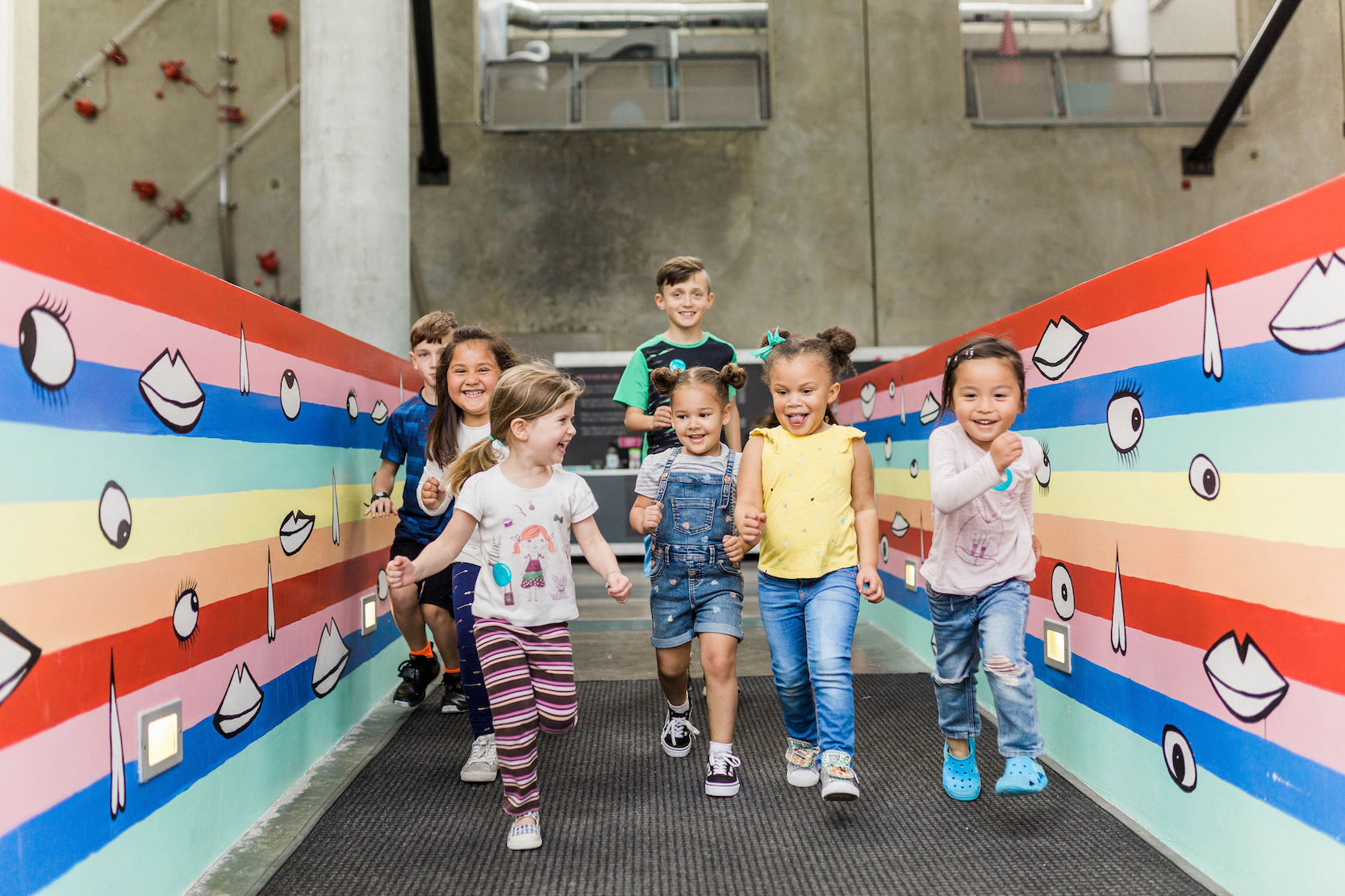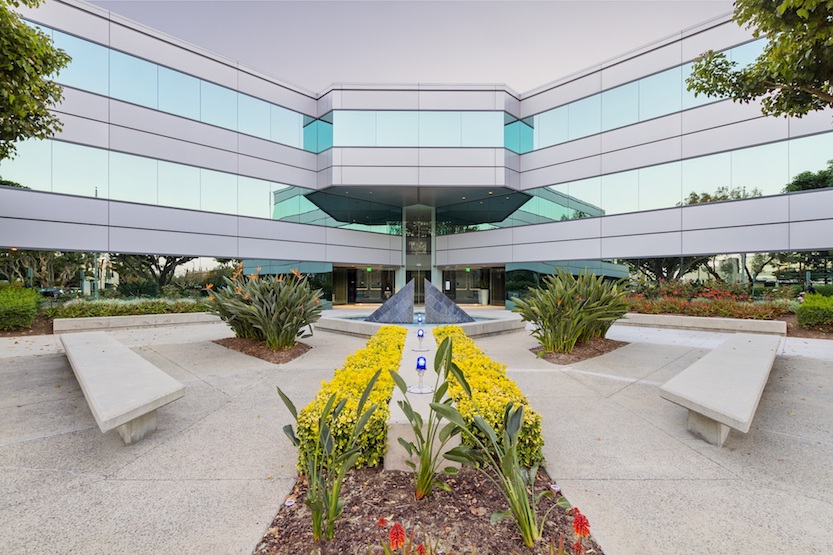Daily Business Report-Sept. 9, 2020
Photo courtesy of JLL
JLL: National Construction Outlook
Challenges ahead as the pandemic ends eight years of growth
The first half of 2020 brought a torrent of unexpected challenges for the construction industry. The most disruptive included construction shutdown orders, new procedures to enable physical distancing on jobsites and delays of materials, fixtures and equipment.
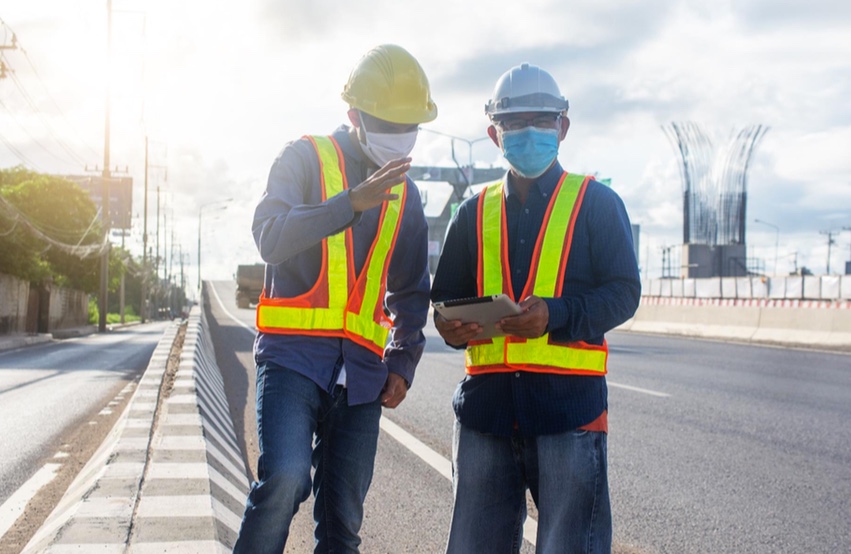
Nonresidential construction is expected to decline 10 to 15 percent in 2020. The decline will be the combined result of the disruption from shutdowns (construction in locations with shutdowns temporarily dropped an average of 70 percent), along with decreased demand for new projects in some sectors heavily impacted by the pandemic, including retail, entertainment and office.
National average construction costs have already declined slightly from the start of the year, due to decreased prices of some construction inputs and more aggressive bidding from contractors. Construction prices are expected to be 2 to 5 percent lower on average in 2020 compared to last year.
Recovery in the construction industry will be uneven across sectors until the health concerns of the pandemic are resolved. Due to the lower baseline that will be set in 2020, we expect 2021 to bring growth in both construction volume and construction costs, although neither is likely to recapture 2019 highs.
Click here for the full report
________________________________________
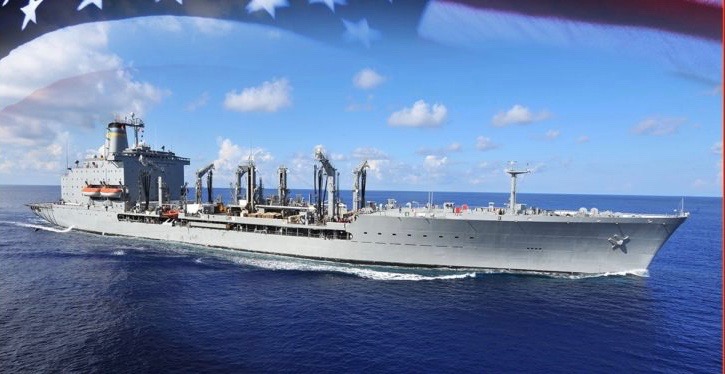
NASSCO lays keel for future USNS Harvey Milk
General Dynamics NASSCO on Sept. 3 laid the keel for the future USNS Harvey Milk, the second of six vessels in the John Lewis-class fleet replenishment oiler program for the U.S. Navy.
Senator Dianne Feinstein, D-CA, and Ms. Paula Neira, former naval officer and USNA class of 1985, the ship’s sponsors, virtually laid the keel by having their initials welded onto a steel plate by NASSCO welders. The steel plate will be permanently affixed to the ship’s keel and will remain with the vessel throughout its time in service.
Former Secretary of the Navy, Ray Mabus, declared the John Lewis-class of oilers be named after leaders who fought for civil and human rights. The second of six ships honors Harvey Milk, human and civil rights activist who dedicated his life advocating for equality.
“I worked with Harvey, I know his dedication to human, civil and gay rights, and he was an exceptional figure,” said Senator Feinstein. “I think it really is fitting and proper that this great ship be named after him.”
At 746-feet in length and displacing 49,000 tons, the future USNS Harvey Milk will provide logistics support to carrier strike groups around the world. Fleet oilers serve as a supply lifeline for Navy vessels carrying out missions in the Western Pacific, Indian Ocean and beyond. Crafted for underway replenishment, the oilers transfer fuel, food, spare parts and items needed to sustain military operations at sea as part of the Navy’s combat logistics force.
“The fact that we’re able to come together for this virtual ceremony is a reflection of the resilience and the dedication to mission that is characteristic of the United States Navy and our partners, the great shipbuilders at NASSCO,” said Paula Neira.
________________________________________
BBB Pacific Southwest continues
to award vital grants to small businesses
As reopening orders slowly come into effect across state lines, businesses continue to face financial strains until some form of normalcy exists. Better Business Bureau Serving the Pacific Southwest (BBB) has awarded an additional $21,500 through its Main St. Matters Grant Program to businesses experiencing hardship, bringing the total to over $100,000 granted since its inception.
Awardees for this round of funding have been selected in part, for the exemplary strides they’ve made in their communities. Recipients express the gratitude and impact it has made for their business and appreciation for being selected.
Awards will continue throughout the remainder of 2020 in forms of a $500 or $1,000 grants. Small businesses that operate within BBB Serving the Pacific Southwest’s service area and have been financially impacted during the COVID-19 crisis may apply.
Visit BBB’s website for application and criteria details.
________________________________________
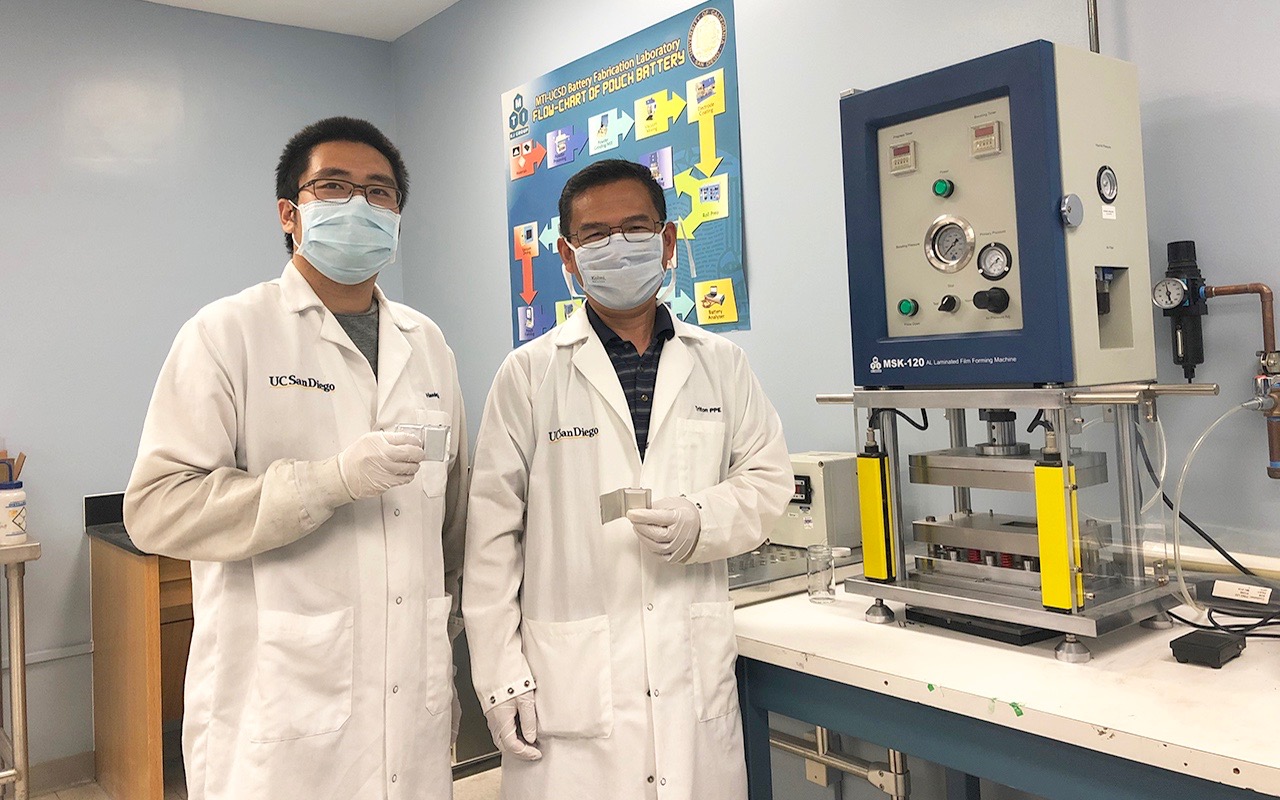
New anode material could lead
to safer fast-charging batteries
Scientists at UC San Diego have discovered a new anode material that enables lithium-ion batteries to be safely recharged within minutes for thousands of cycles.
Known as a disordered rocksalt, the new anode is made up of earth-abundant lithium, vanadium and oxygen atoms arranged in a similar way as ordinary kitchen table salt, but randomly. It is promising for commercial applications where both high energy density and high power are desired, such as electric cars, vacuum cleaners or drills.
The study, jointly led by nanoengineers in the labs of Professors Ping Liu and Shyue Ping Ong, was published in Nature on Sept. 2.
________________________________________
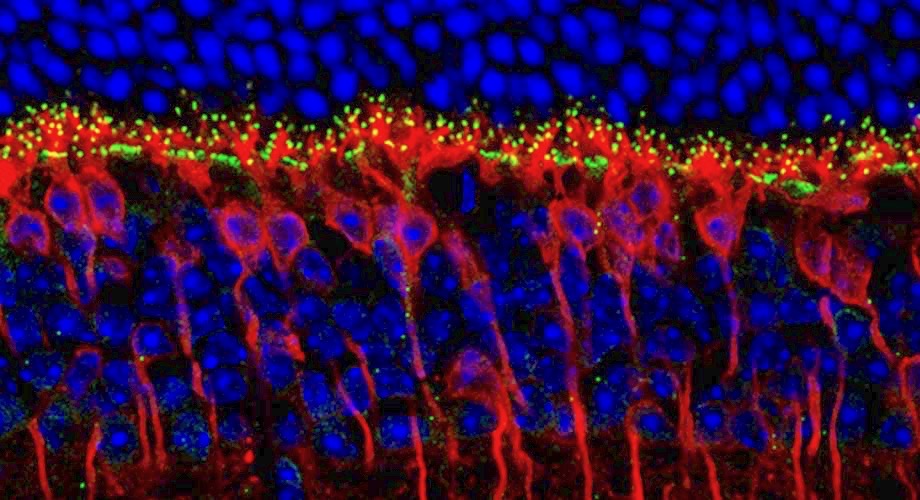
Wiring the eyes to the brain for color vision
color-discriminating cone cells in the retina use a pair of ‘adhesion’ proteins to connect to the brain
Cone cells in the retina, which are meant to work in daylight and enable color vision, normally use a specific set of proteins during development to connect to other nerve cells in the retina and the brain, according to a study led by neuroscientists at Scripps Research.
The finding, reported in the Proceedings of the National Academy of Sciences, solves the mystery of how cones form their distinctive brain connections, giving humans and other animals their sophisticated and powerful vision sense.
The basic neuroscience discovery may aid future efforts to boost vision lost due to retina degeneration, which is common in the elderly, and may potentially help connect lab-grown light-sensing prosthetics that cure blindness.
________________________________________
Method to derive blood vessel cells from
skin cells suggests ways to slow aging
Salk scientists have used skin cells called fibroblasts from young and old patients to successfully create blood vessels cells that retain their molecular markers of age.
The team’s approach, described in the journal eLife on Sept. 8, 2020, revealed clues as to why blood vessels tend to become leaky and hardened with aging, and lets researchers identify new molecular targets to potentially slow aging in vascular cells.
“The vasculature is extremely important for aging but its impact has been underestimated because it has been difficult to study how these cells age,” says Martin Hetzer, the paper’s senior author and Salk’s vice president and chief science officer.
________________________________________
Cal State San Marcos leads survey on
American Indian COVID-19 inequities
The coronavirus pandemic has brought with it an educational inequity crisis in California that has had a particularly damaging effect on American Indian students.
That is the main discovery of a recent survey conducted by a group of nonprofit organizations led by the California Indian Culture and Sovereignty Center (CICSC) at Cal State San Marcos.
The survey found that one in four American Indian and Alaskan Native (AIAN) students in the state does not have access to a computer and reliable internet access.
The findings, released in late August, were based on an online survey in an effort to support AIAN students in California who have been historically underserved. The survey was conducted in May and June and represented 97 tribes. The research study received Institutional Review Board approval in accordance with CSUSM procedures for research involving human subjects.
________________________________________
Trouble for Proposition 15
A new survey released today points to trouble for the union-supported initiative that would create a “split roll” for assessments and raise property tax on many California businesses, Proposition 15.
The opinion survey by Probolsky Research shows the initiative’s supporters need to make up ground by Election day with 48.8 percent of respondents planning to vote against it. About 41 percent of respondents support and 10.3 percent are undecided.
Adam Probolsky said his firm does not have a client connected to either side of the campaign. He said he’s releasing the results in the public interest.


